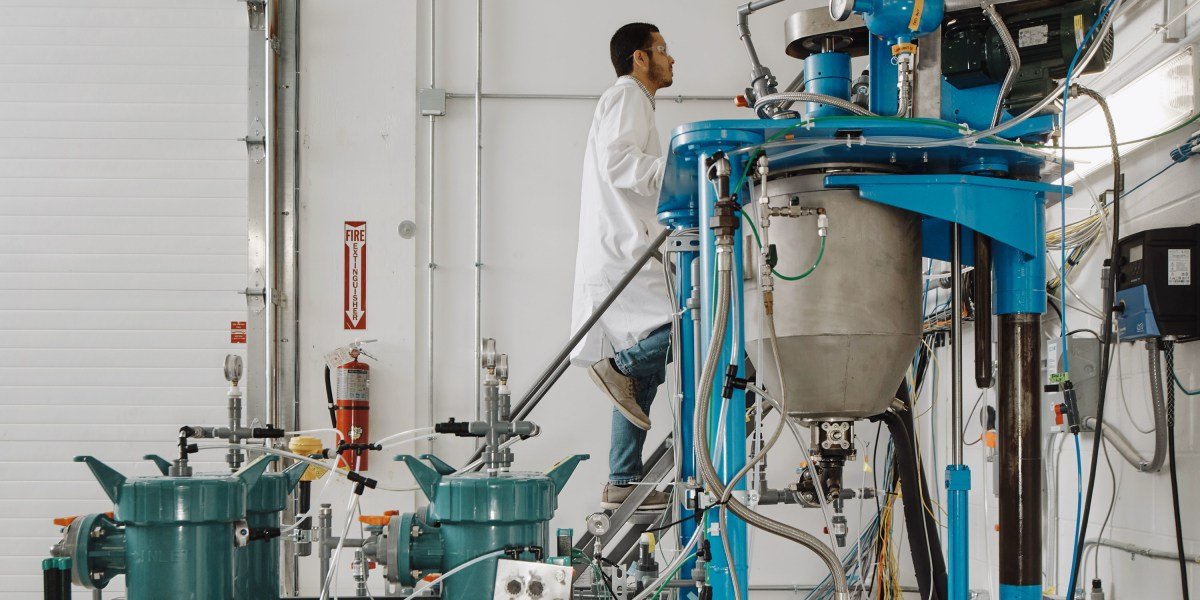When cement is mixed with water, sand, and gravel, it hardens into concrete—the second-most-used substance on the planet (after water).
In the conventional cement-making process, emissions mostly come from two sources. First, ground-up materials such as limestone and clay are heated in kilns to over 1,400 °C (2,500 °F) to prime the mixture. Reaching those temperatures typically requires burning coal or other fossil fuels, which produces carbon dioxide and other greenhouse gasses.
The chemical process in the kiln also requires peeling carbon dioxide away from the starting minerals to leave the reactive cement powder that builders use. That carbon dioxide is usually difficult to capture before it’s emitted into the atmosphere.
Sublime Systems has invented a process that tackles both of those issues.
First, the company uses electrochemical reactions rather than high temperatures to make its cement, avoiding the need to burn fossil fuels. Fueling the reactions with electricity means that Sublime’s plants can eventually be powered by energy sources like solar and wind instead of by burning coal or natural gas. The process can also use different starting materials that don’t necessarily emit carbon dioxide when they’re transformed into cement ingredients.
Key indicators
- Industry: Cement
- Founded: 2020
- Headquarters: Somerville, MA, USA
- Notable fact: The first reactions that cofounder Leah Ellis ran in a lab at MIT made only about a die-sized amount of material.
Potential for impact
If Sublime is able to run its process at the massive scales required to be relevant in the industry, the startup’s technology would reduce emissions associated with cement by 90%.
And while several paths to decarbonizing the sector are under development today, Sublime’s approach could eventually make cement that can compete with conventional methods on cost, making a convincing economic case for adoption.
Source link

